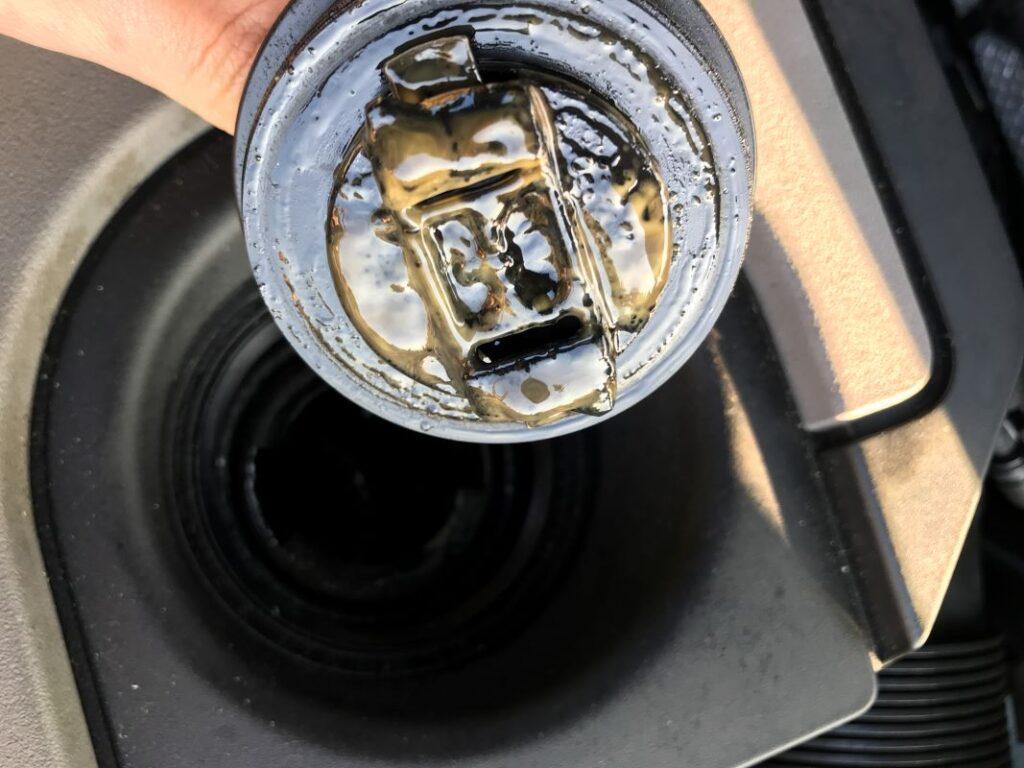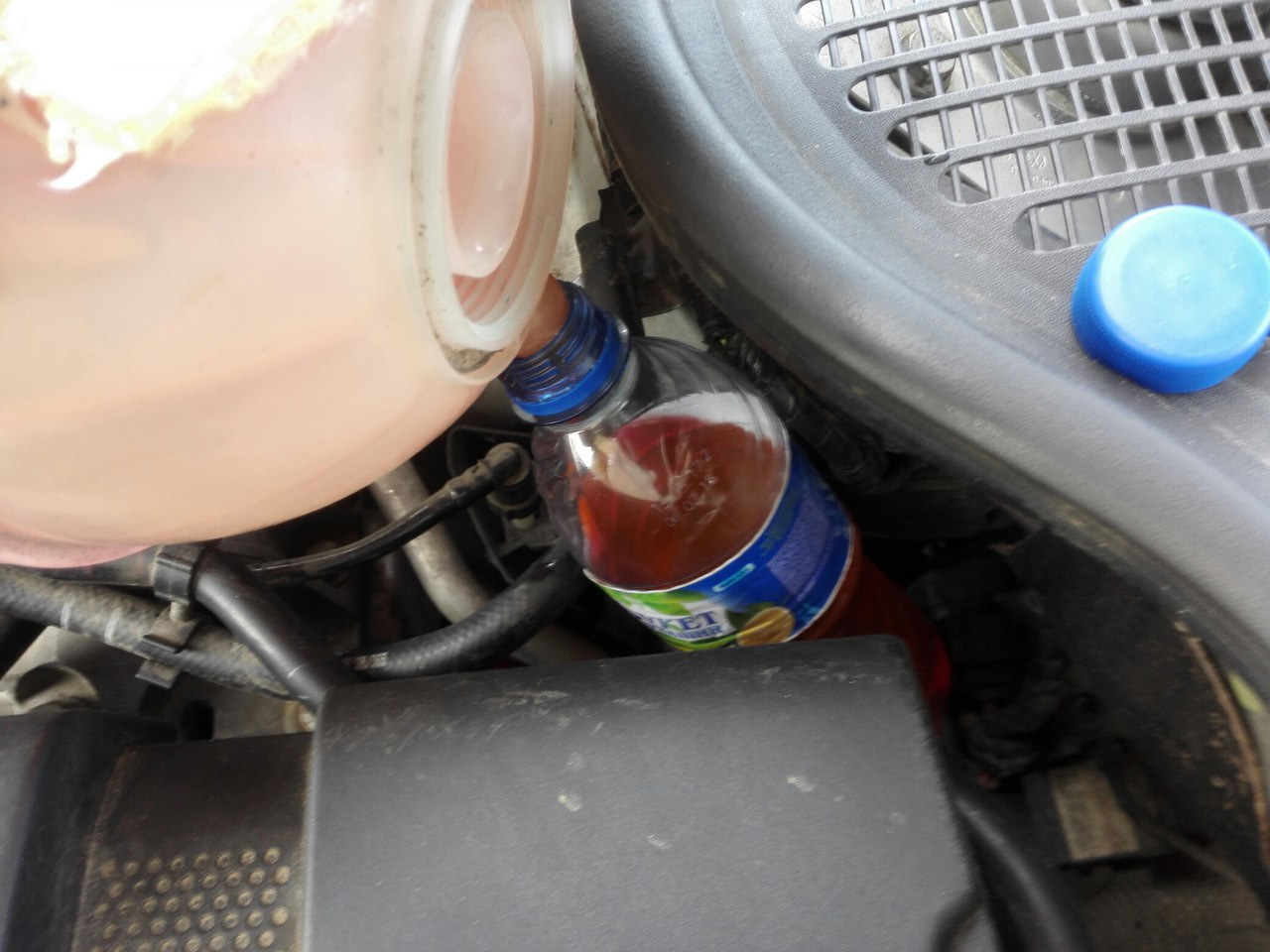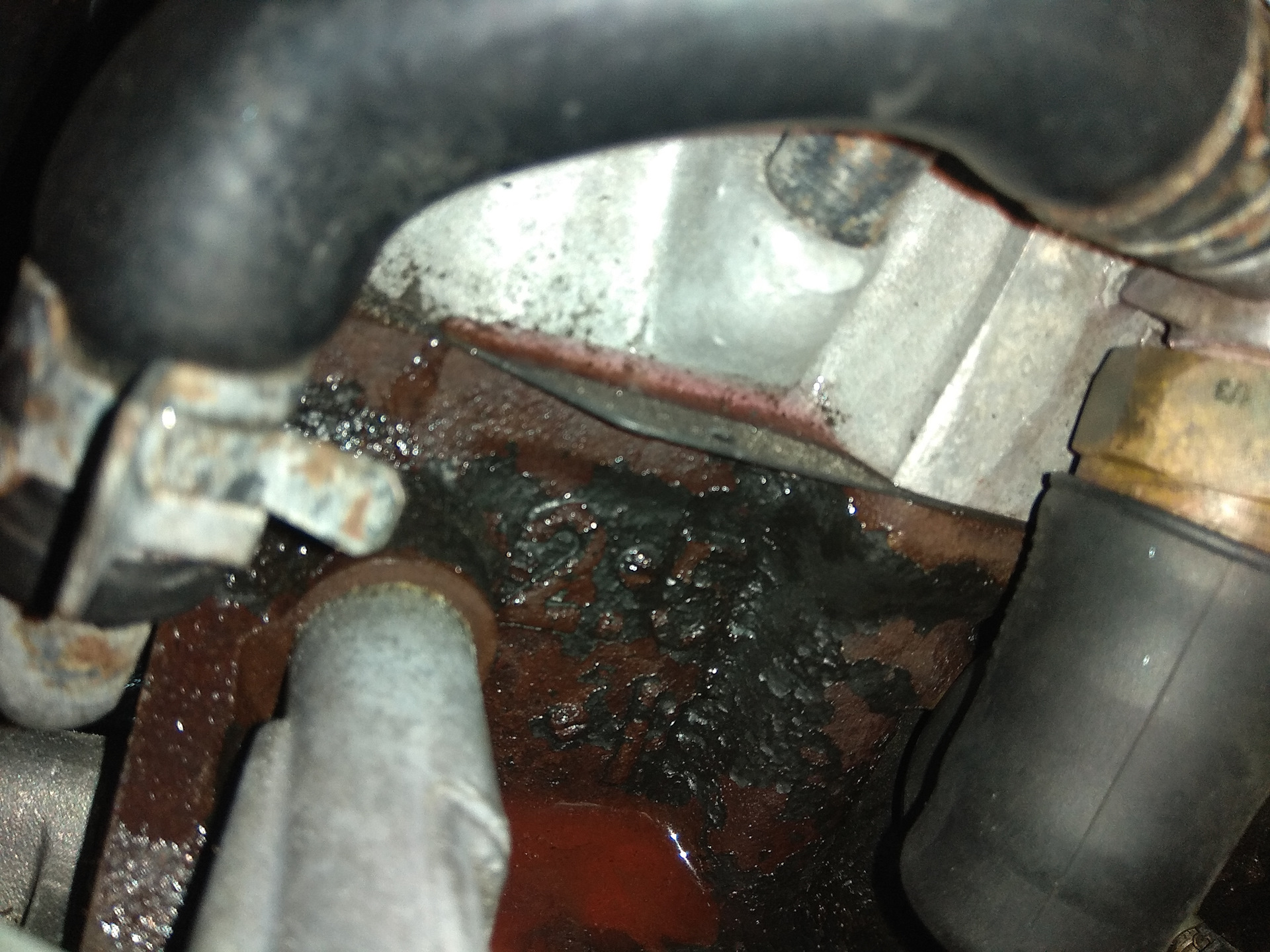
How to understand that antifreeze goes into the engine
Content
The radiator of the interior stove can fail. The problem becomes apparent when the windshield fogs up, moisture collects under the front passenger mat. Resolve the issue in the same way as with the main radiator.
The cooling system is an integral part of vehicles with internal combustion engines. Drivers are familiar with cases when refrigerant gets into engine oil. The reasons for this phenomenon, and what to do if antifreeze goes into the engine, is the topic of many automotive forums.
Why does antifreeze go into the engine
Coolant and oil are different chemical compounds. The coolant is a mixture of concentrate and distilled water. The composition of motor lubricants is the base plus additives and additives. The latter, mixing with the working fluid, turn in water into the smallest (20-35 microns) particles-balls of phosphorus, sulfur, calcium, and other chemical elements.
The structure of the balls is very strong: getting on the liners (sliding bearings) of the camshaft and crankshaft, the particles "eat" into the metal, destroy it. The matter is aggravated by the high temperature that is formed during the operation of the internal combustion engine. As a result, the driver gets a "terrible dream" - the engine starts knocking. It is impossible to operate the car in this state, since the engine will eventually jam: the owner is waiting for an expensive overhaul.
There are many reasons why antifreeze goes into the engine. A competent motorist must understand them and understand the consequences.
Engine radiator drip
The refrigerant channels are sealed by default. This lulls the vigilance of the owners, so many cannot understand in time that the antifreeze goes into the engine.
The following symptoms should alert the driver:
- The coolant level in the tank decreases, and the volume of oil increases (the law of physics).
- The exhaust becomes white, vaporous. In winter, this effect can be attributed to frost. But if a specific smell is mixed with the exhaust gases, these are signs that the antifreeze is going into the engine.
- The color of the oil changes: it becomes very dark or almost white
- Spark plugs get wet, while they smell of antifreeze.
- From the mixing of products under the oil filler neck, an emulsion is formed, which then settles in the form of insoluble deposits on the walls of the oil pipelines and clogs the filters.
A common cause of antifreeze leakage is the depressurization of the radiator - a heat exchanger, which consists of many cells.
The node is damaged if:
- a stone falls into it from under the wheels;
- corrosion has appeared;
- corroded from the inside the ethylene glycol contained in the antifreeze.
The plastic models that some cars are assembled with often crack. You can notice a malfunction by streaks on the radiator housing or puddles under the car.
The "treatment" is as follows: remove the heat exchanger, solder it or weld it with TIG welding.
Malfunction of the radiator or stove faucet
The radiator of the interior stove can fail. The problem becomes apparent when the windshield fogs up, moisture collects under the front passenger mat. Resolve the issue in the same way as with the main radiator.

Missing antifreeze
Drops of antifreeze may appear on the stove faucet - the part is not repairable, so replace it entirely. Everything is simpler if it turns out to be a gasket installed between the tap and the antifreeze cooling device: put a new consumable.
Defects in hoses, nozzles and tubes
The cooling system (OS) of vehicles is replete with rubber sleeves and metal tubes that connect the components of the mechanism. These elements experience loads from chemical environments, temperature effects. Rubber hoses first crack, then burst under the pressure of the working fluid. Metal parts tend to rust.
It is useless to repair the connecting elements: various patches and windings are temporary measures. Better replace leaky channels. Operate with a cold engine to avoid getting burned by the steam. Drain all the liquid: it will come in handy for later use.
Video on how to drain coolant from a Ford Mondeo car:
Pump failure
If the signs indicate that antifreeze is going into the engine, inspect the water pump seals located at the bottom of the power unit. Gaskets and seals wear out from long use.
Run pump diagnostics. If you find drops of refrigerant on it or a wet engine at the junction with the pump, take measures to restore the seal: treat the gasket with sealant, replace the oil seal.
Thermostat
Inside this assembly is a valve that opens and closes at a certain temperature, regulating the flow of coolant. Eliminate depressurization and any other damage to the assembly by replacing the part.
Expansion tank defects
This component of the cooling system is made of durable, heat-resistant PVC. Not often, but the material bursts or rubs against nearby components and parts.


Antifreeze leaks
The walls of the tank are easy to solder, which cannot be done with the tank cap: a valve is installed in the locking mechanism, which is responsible for the deficit and excess pressure of the working fluid circulating in the OS. When the valve fails, the refrigerant will splash out. Replace cover.
How to find an antifreeze leak
There are many places for antifreeze leakage in the complex system of the machine. However, it is not difficult to detect signs if the coolant goes into the engine.
Visual inspection of pipes and clamps
Arm yourself with a mirror to examine all the hidden nooks and crannies under the hood and bottom of the car, and start checking the connecting elements, as well as ring fasteners, in sequence. Sometimes the latter relax, and the working fluid rushes out: the problem is solved by tightening the clamps. Unusable, with cracks, nozzles must be replaced with new spare parts.
Use of cardboard
Excellent "indicators" will serve as thick paper or cardboard. Improvised items will help to recognize even a minimal coolant leak: put them on the floor under the car, leave the car overnight.
Expansion tank check
Check the integrity of the expansion tank using one of the suggested convenient methods:
- Wipe the tank dry. Start and warm up the engine, make sure that there are no drips on the outside.
- Dismantle the container, drain the antifreeze. Create a pressure of 1 atmosphere with a car compressor inside the tank. Observe on the manometer whether the pressure drops or not.
- Without removing the expansion tank, pressurize the entire system with a pump. Resort to a pressure gauge: if the indicator starts to fall, look for a gap at the junctions of the components. Perhaps a crack appeared on one of the elements of the system.
The last method is the most effective.
Cover Diagnostics
Diagnose the cover valve that regulates the flow of refrigerant in this way: dismantle the part, shake it, listen. If you hear characteristic clicks, there is nothing to worry about. Otherwise, try rinsing the part. Unsuccessful - replace the spare part.
Leakage of antifreeze without visible smudges
The most difficult situations are when there are no visible signs of leakage of the working fluid, and the symptoms indicate that antifreeze goes into the engine. First of all, the gasket, which is installed at the point of contact between the cylinder head and the block itself, falls under suspicion.


Leaking antifreeze
The seal wears out or burns out from high temperature. You can replace the gasket on your own (you will have to dismantle the head) or in the service.
But the flaw can lie on the cylinder head itself in the form of an unevenness of the flat part with which the head is pressed against the block. A simple ruler will help to detect a defect: attach it with an edge to the head, and the defect will be revealed. In this case, the node is ground on a special machine.
A crack in the cylinder block housing is the biggest nuisance. Here the only salvation is the replacement of the block.
How to prevent the problem
By visual inspection, look for signs and look for reasons why antifreeze is leaking. Find depressurization points in the joints and connections of the cooling system, eliminate defects and gaps.
Check oil level and quality. If antifreeze is mixed with motor lubricant, the volume of the latter will be higher than normal, and on the dipstick you will find a white substance - an emulsion. Periodically unscrew the spark plugs: wet parts that emit a specific smell will indicate a refrigerant leak.
On the video: where does the antifreeze go in the Niva Chevrolet car:


Watch this video on YouTube
